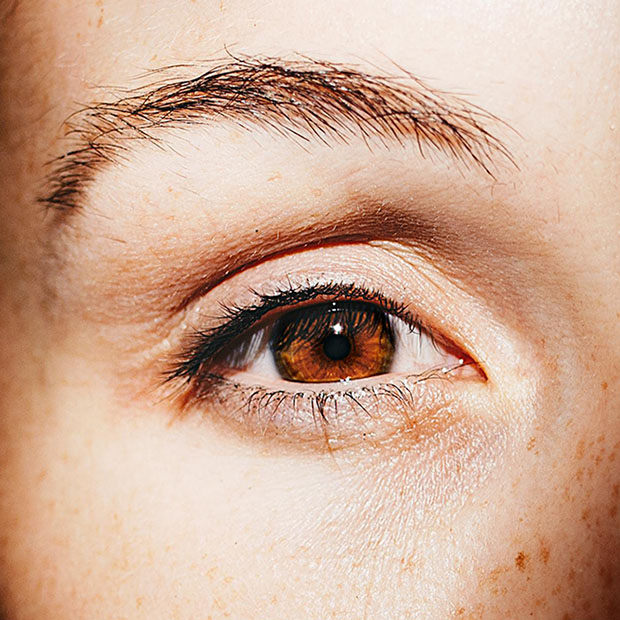A Lesson in Human Eye Anatomy

Do you recall learning about eye anatomy in biology class?
Whether you’re well-versed in the topic or didn’t delve into it much, we’re passionate about keeping our patients well-informed on everything related to the eyes. Within a space not much larger than a golf ball, our eyes convert light photons into precise, dynamic visual streams that we interpret and respond to. But how exactly does this happen?
An Overview of Eye Anatomy
Let’s explore from the front to the back of the eye, highlighting some key structures essential for vision.
- Cornea: This clear, outer layer at the front of the eye allows light to enter.
- Iris: This colored, circular muscle adjusts its size to control how much light enters the eye.
- Lens: Unlike a camera lens, this clear, flexible disc adjusts its shape to focus on objects at various distances without moving.
- Retina: Located at the back of the eye, this thin layer is packed with photoreceptors (rods and cones) sensitive to light.
- Optic Nerve: This nerve transmits visual information from the retina to the brain at an impressive rate of about a million bits per second!
How Our Eyes Work Together
Though our eyes are close together, they each capture slightly different images. Try focusing on an object and alternately closing one eye and then the other to see this effect. With both eyes open, these images merge to form a single visual field, providing us with binocular vision that enhances depth perception and spatial awareness.
The Role of the Brain’s Visual Cortex
Visual data travels via the optic nerve to the visual cortex in the brain’s occipital lobe. Eye function consumes a significant portion of the brain’s capacity — 20% is dedicated to visual processing alone, with another 40% involved in integrating vision with cognition, motor skills, touch, and attention. Our brain continuously processes new visual data, enabling us to perceive, understand, and respond to our environment.
Supporting the Eye’s Functions
The remarkable capabilities of the eye are supported by various protective mechanisms. Eyebrows, eyelashes, and eyelids shield the eyes from debris while blinking refreshes the tear film to remove irritants. A network of glands and ducts maintains and replenishes the tear film, keeping the eye clean and lubricated.
Maintaining Healthy Eyes
The complexity of the eye is truly astounding, with numerous structures and systems collaborating to enable sight. This complexity also means there are many potential issues that can arise. If you encounter any vision problems or eye health concerns — or even if you don’t — it’s crucial to visit us regularly for check-ups.